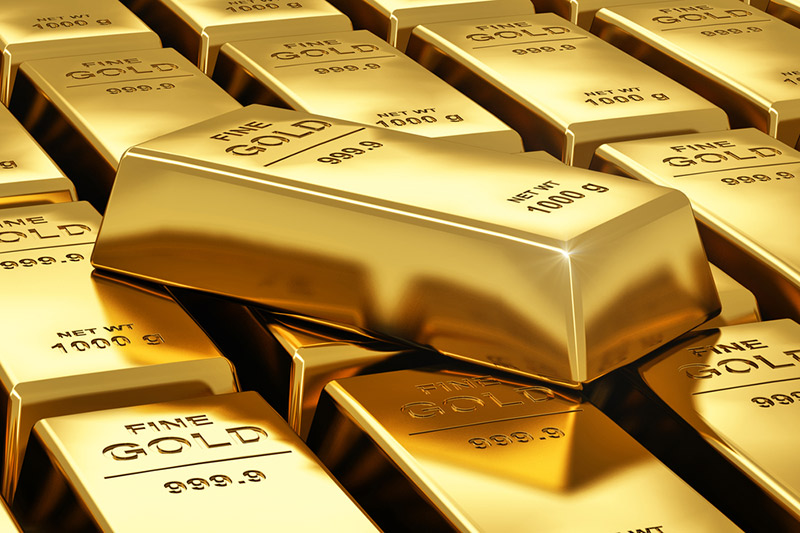Investing.com – Gold futures turned lower on Wednesday, easing off an eight-day high after China unexpectedly raised its benchmark interest rate for the fifth time in nine months in an effort to curb rising inflation.
On the Comex division of the New York Mercantile Exchange, gold futures for August delivery traded at USD1,511.05 a troy ounce during European afternoon trade, dipping 0.37%.
It earlier rose as much as 0.2% to trade at USD1,519.05 a troy ounce, the highest price since June 24.
Earlier in the day, the People’s Bank of China said it had raised its benchmark deposit and lending rates by 0.25% to 6.56% from 6.31% effective July 7.
It was the fifth interest rate hike since October 2010 and the third in 2011. The move was intended to curb accelerating consumer prices in China.
Rate hikes tend to dampen gold prices in the short term, but over the long run, gold still benefits from rising inflation as investors seek safe haven options.
Chinese consumer price inflation was 5.5% in May, a 34-month high and economists have said they expected it to tick up further in the coming months.
Meanwhile, prices remained supported amid renewed worries over the euro zone’s debt woes after ratings agency Moody's downgraded Portugal's credit rating by four notches to Ba2, or junk grade, on the growing risk the country will need a second round of financing.
The cost of insuring Portuguese government debt soared to a euro lifetime high earlier, while Italian and Spanish spreads also widened on contagion fears.
Gold is often considered a refuge from financial risk and a haven in times of economic uncertainty.
Elsewhere, silver for September delivery slumped 0.5% to trade at USD35.37 a troy ounce, while copper for September delivery dropped 0.75% to trade at USD4.304 during European afternoon trade.
On the Comex division of the New York Mercantile Exchange, gold futures for August delivery traded at USD1,511.05 a troy ounce during European afternoon trade, dipping 0.37%.
It earlier rose as much as 0.2% to trade at USD1,519.05 a troy ounce, the highest price since June 24.
Earlier in the day, the People’s Bank of China said it had raised its benchmark deposit and lending rates by 0.25% to 6.56% from 6.31% effective July 7.
It was the fifth interest rate hike since October 2010 and the third in 2011. The move was intended to curb accelerating consumer prices in China.
Rate hikes tend to dampen gold prices in the short term, but over the long run, gold still benefits from rising inflation as investors seek safe haven options.
Chinese consumer price inflation was 5.5% in May, a 34-month high and economists have said they expected it to tick up further in the coming months.
Meanwhile, prices remained supported amid renewed worries over the euro zone’s debt woes after ratings agency Moody's downgraded Portugal's credit rating by four notches to Ba2, or junk grade, on the growing risk the country will need a second round of financing.
The cost of insuring Portuguese government debt soared to a euro lifetime high earlier, while Italian and Spanish spreads also widened on contagion fears.
Gold is often considered a refuge from financial risk and a haven in times of economic uncertainty.
Elsewhere, silver for September delivery slumped 0.5% to trade at USD35.37 a troy ounce, while copper for September delivery dropped 0.75% to trade at USD4.304 during European afternoon trade.
